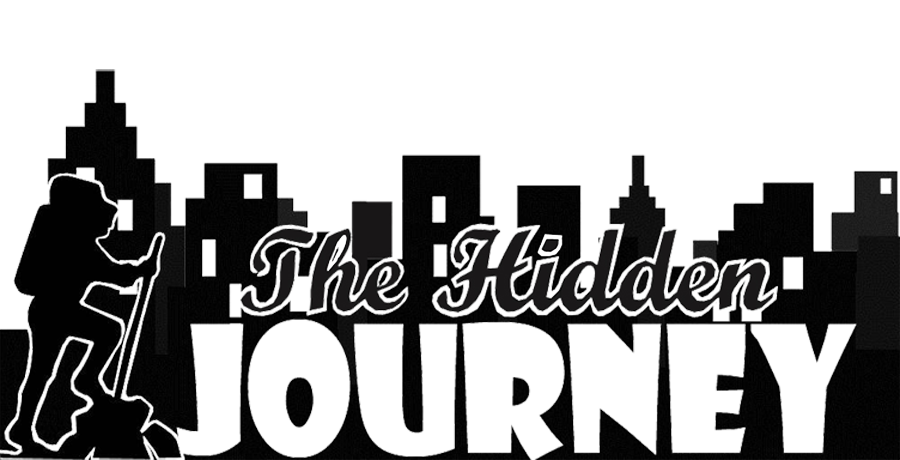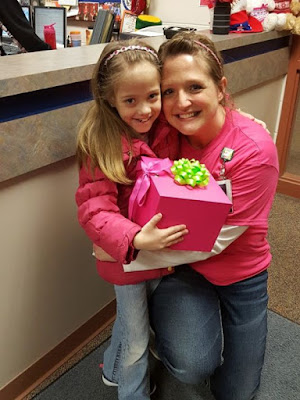In 2014, Indonesia’s
Minister of Education who served us around that time, Anies Baswedan, said that
our Educational system is in danger. The data showed 75% Indonesia’s school are
bellow the education standards. Indonesia took the 40th place out of
40 countries that participated in the education quality mapping (read the
article by Aswandi here). It’s caused by many factors, such as the facility,
teachers quality, curriculum, the policy, and many more. They make such a
perfect bond; when one flaw can destroy the rest.
The basic problem in
this field is there are still a lot of the teachers teach in the subjects
different with their educational background. It happens mostly in elementary
school. Which is for me elementary is the basic level to start and maintain the
kids mind set (read my writing ‘Science for elementary,
do we need to take it seriously?’).
in my opinion, i‘m pretty sure that it will be hard for a teacher with social
educational background to teach science or math.
As the result, most of the students in Indonesia aren’t
trained to be critical, not used to solve problems, short thinking, have less
idea, and so on. They used to accept the materials that the teachers have given
to them as the way it is and without knowing how could it be happened, why
should we learn about it, and what’s the benefit of the knowledge. This occurs because whether the teachers or
the students were too attach to the textbook, which is we already know, there’s
almost no book that can explain any process in science phenomenon clearly. We
know for certain, in science we can not let the students think abstractly, they
need to feel it with all of their senses, by seeing it, hearing it, and feel it
by doing it. One of the most powerful method that we can use to obtain the best
result is Experiential Learning. In
one of UNESCO’s modules, Teaching and Learning for Sustainable Future that
written by Bernard Cox, Margaret Calder and John
Fien said:
“Experiential learning engages students in critical
thinking, problem solving and decision making in contexts that are personally
relevant to them. This approach to learning also involves making opportunities
for debriefing and consolidation of ideas and skills through feedback,
reflection, and the application of the ideas and skills to new situations.”
(more info click here)
So here, to give at
least a simple example of it, i’m about to tell one of mine and my students science
project guided by the Experimential Learning to develop the students curiosity
over their world, their nature, and their own lives.












